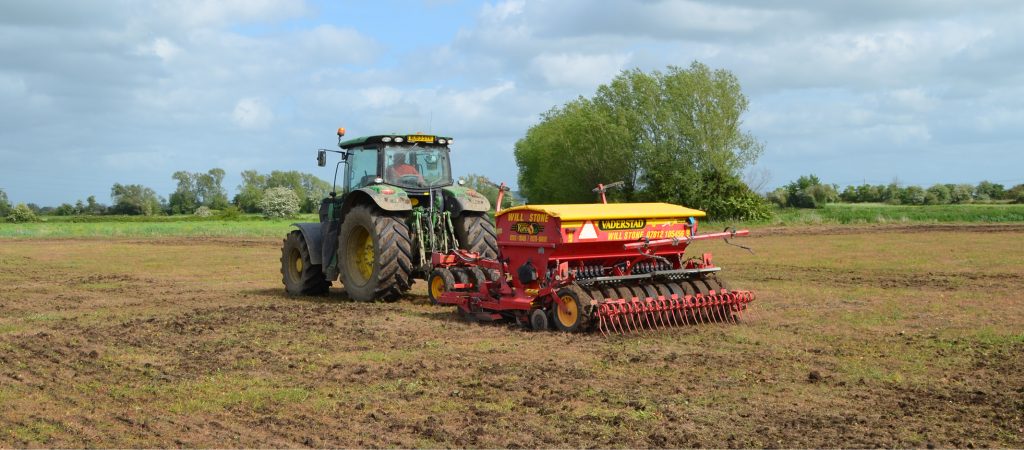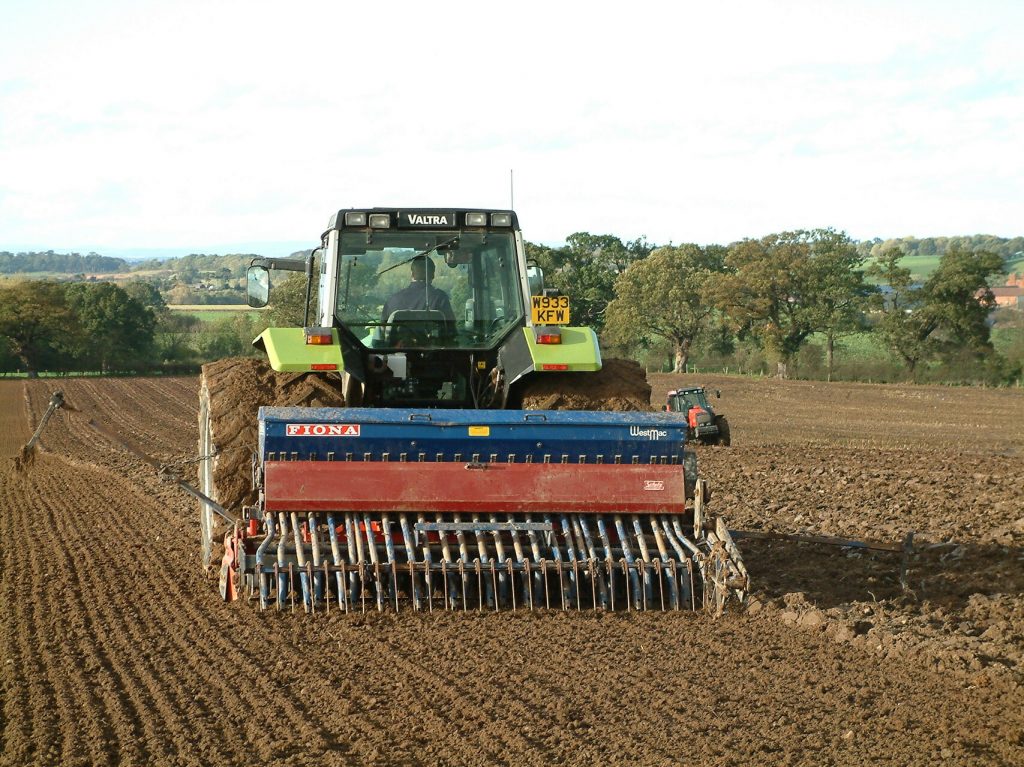United Kingdom
July 25, 2022

Ploughing remains a tried-and-tested method of cultivation, but other methods are growing in popularity. Germinal grass and forage expert Ben Wixey explains the four techniques needed for a successful reseed, and how to reseed grassland without ploughing.
“Good establishment is crucial during a reseed – a crop well sown is a crop half grown after all. But with pressure on all of us to reduce costs and minimise environmental impact from repeated cultivation, it is worth revisiting your approach to reseeding.
“There are four steps to a successful reseed. Firstly, pick the right mixture for what you need. Secondly, prepare a good seedbed. Then focus on cultivation, and lastly, on weed control.”
Which is the best grass variety for a reseed?
“It depends on your system, your soil, your weather and how you want to manage the land. I advise farmers in England and Wales to use the 2022/23 Recommended Grass and Clover List, with a separately funded and derived list published in Scotland. They are independently produced and classify the industry’s elite grass and clover varieties – each one rigorously tested against British conditions.
“Germinal’s Aber High Sugar Grass and clover varieties are found in every category, year after year. It reflects the cutting-edge breeding work our Germinal Horizon team delivers as it focuses on the science behind productive grassland.
“Varieties on the list include AberBann and AberLee, providing the high dry matter intakes needed for optimum grazing, whereas AberSpey suits high yield, multi-cut silage systems.”
Seedbed preparation
Test your soil well in advance, and if necessary, apply prilled/granulated or traditional lime to optimise the soil pH. Soil testing means you can use the results to apply correct amounts of P and K – this should be done in the months leading up to a reseed to allow fertiliser to dissolve. Soil testing should be repeated annually for long-term soil health and improved yields.
“Clean up the old sward first by spraying it off with herbicide. As the old plants decay, they can release acid, which isn’t good for establishing new grass. I’d suggest cutting it quickly (7-10 days after spraying) and applying prilled lime if necessary to counteract the acidity.
Reseeding grassland without ploughing
“Ploughing is the most common method of cultivation, as it ensures good seed-to-soil contact. However, labour, fuel and machinery maintenance costs are increasing in tandem with a demand to preserve soil health. This is driving interest in reseeding grassland without ploughing.
Minimum tillage
Minimum tillage (min-till) is a ‘light touch’ method of cultivation. It only slightly disturbs the soil, but still creates the important seed-to-soil contact. It works well on rocky soils and allows grazing to restart quicker than when the land has been ploughed.

Direct drilling
Direct drilling or no-till only disturbs the soil as the seed is ‘drilled’ into the ground. This method requires extra time spent on seedbed preparation before direct drilling. You may need to use a tine harrow to clean it up further before drilling to ensure good seed-to-soil contact.
Weather also plays an important part, aim to drill around the time of a broken forecast, so the germinating seeds and growing seedling plants, gain the moisture they need. Check you are drilling at the right depth too – for Germinal’s specialist grass seed mixtures, 5-10 mm is recommended.
“Regardless of reseeding technique, rolling after sowing is essential to secure that all-important seed-to-soil contact.”
Weed control for a new reseed
“Keep on top of weed control in a new sward. If you wait too long to spray, weeds can establish a foothold and be harder to control long term. Condition dependent, four to six weeks is typical.
“Seek advice from a qualified advisor to ensure you use a herbicide suitable for new swards, and they can advise you on the correct application methods. Remember to follow guidance on withdrawal periods before grazing again.”
For more advice on reseeding grassland, contact our grass and forage seed experts.

Reseeding grassland: Seasons, soil & sowing
This guide can help farmers plan their grassland reseeding strategy.
Read more...